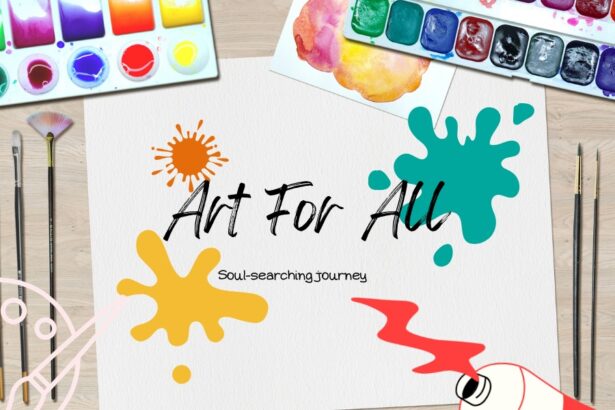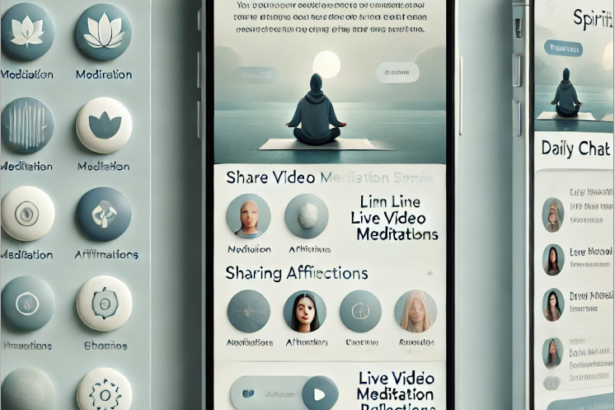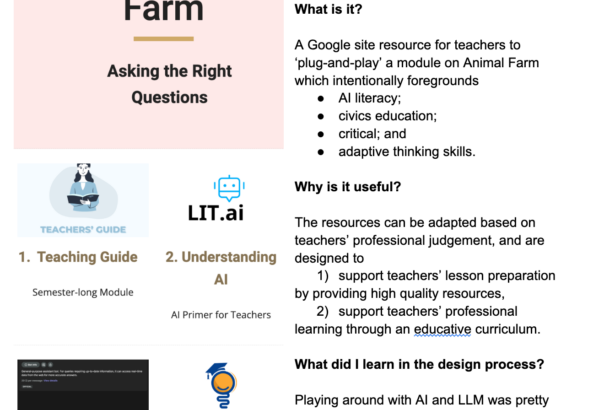Overview:
The Redesigning Community Transportation project empowers students to apply math concepts to a real-world challenge by reimagining their neighborhood’s shuttle system. This PBL integrates skills in integer operations, two-step equations, and percentages to create solutions that address community needs. Centered around accessibility, equity, and environmental sustainability, the project enables students to see how math can directly improve their local environment, fostering empathy, critical thinking, and social responsibility.
Designed with underserved or urban communities in mind, this project aims to show students that math is not just theoretical but a tool for impactful change. By the end of the project, students will understand how math intersects with social justice, equity, and community advocacy.
Design Thinking Process:
Following a design thinking framework, this PBL guides students through five key stages: Empathy, Define, Ideate, Prototype, and Test. Each stage supports the development of essential math and problem-solving skills, showing students how to use these skills to respond to meaningful, real-world needs.
- Empathy and Research
Students begin by exploring their community’s transportation needs. This stage incorporates Design Justice principles (Costanza-Chock, 2020) to help students identify the gaps in current transportation options and consider diverse community perspectives. By viewing themselves as change agents, students develop a foundation of empathy that informs their designs. - Defining the Problem
Collaboratively, students define their project’s core goal: creating a more equitable and sustainable transportation system. Educators help frame the project around social impact, giving students a clear purpose and fostering a sense of responsibility toward their community. - Ideation and Prototyping
In this stage, students brainstorm and develop their initial designs. They apply math concepts, such as calculating distances and managing budgets, while considering environmental impact and cost constraints. This stage emphasizes Participatory Design, allowing students to take ownership of their project outcomes and experiment with solutions. - Feedback and Iteration
Students present their prototypes and receive constructive feedback from peers and, where possible, community members. This phase reinforces the iterative nature of design, highlighting continuous improvement as students learn from feedback to refine their ideas.
Implementation Tips for Educators:
Educators can enhance the project by embedding real-world connections, such as engaging with local stakeholders or simulating community needs. Incorporating empathy and social responsibility helps students see math as a powerful problem-solving tool. Providing a structured feedback loop also gives students a safe space to take risks and see learning as a dynamic process.
Outcomes and Benefits:
Through this PBL, students strengthen their mathematical skills and learn the value of design thinking for community engagement. By integrating math with social justice themes, educators inspire students to view themselves as active, thoughtful community participants.
Reflection on Learning Design:
Working on this project has deepened my thinking about making learning purposeful and connected to real life. Designing this PBL required thoughtful decision-making on several fronts: choosing math skills that would meaningfully connect to the project, framing the transportation problem in a way that feels authentic to students, and creating space for iterative feedback. I learned that embedding social justice into math can transform it from a subject that feels abstract into one that has a tangible, local impact.
This project’s key takeaway is understanding how empathy and community relevance enhance learning engagement. The iterative design process allowed me to consider what worked and what needed adjustment, reinforcing that learning design is as much about adapting to students’ responses as it is about initial planning. This experience has encouraged me to continue designing projects that empower students as problem-solvers and community advocates, connecting classroom learning to the world around them.
Here is a LINK to the Lesson Plan



